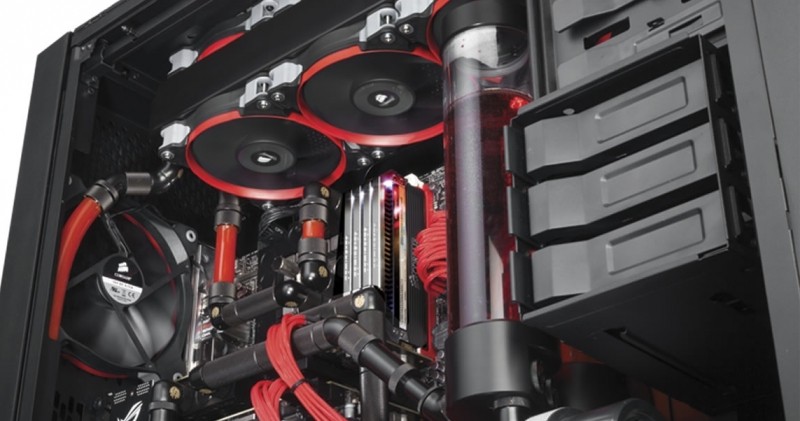TechSpot's PC Buying Guide offers an in-depth list of today's best desktop PC hardware, spanning five different budgets. Starting at ~$500 for a well-balanced machine capable of medium workloads, up to $3,000+ for the Luxury build, which includes the best PC hardware recommendations when budget is not a big concern.
This time around we're also throwing in a fifth build, the Extreme System, which disregards price-to-performance value altogether and simply includes the biggest and baddest hardware available, period.
• Decent performance • Good for everyday computing • Gaming with add-on GPU
• Good performance • Fast for everyday computing • Casual gaming
• Excellent performance • Great Multitasker • Perfect for gaming
• High-end performance • Heavy multitasking • High-quality gaming
• Workstation-like performance • Extreme multitasking • Extreme gaming
